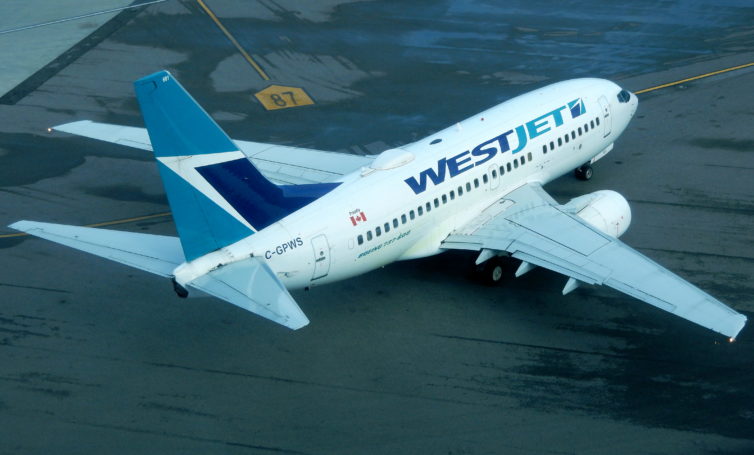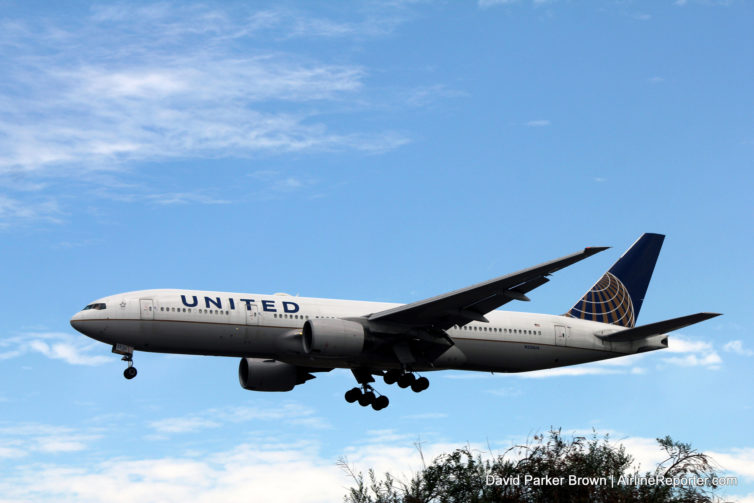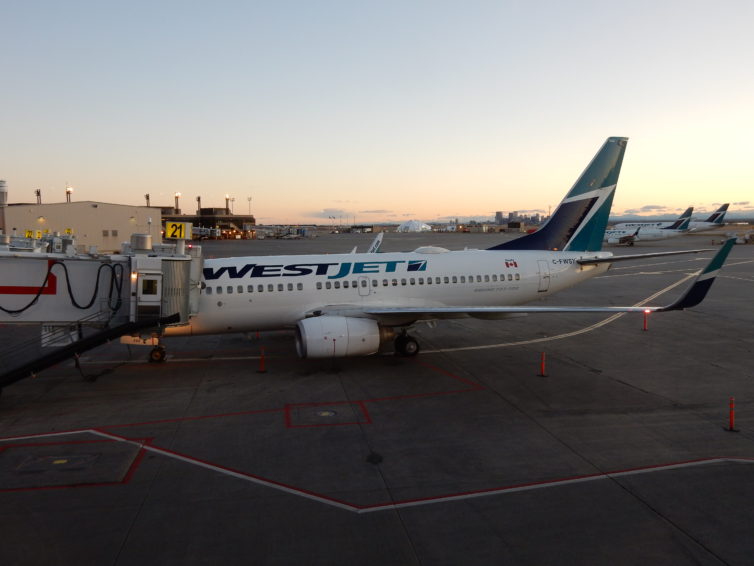
On December 6th, 2017, WestJet and Delta announced they would be expanding their partnership into a cross-border joint venture. The agreement, which should be finalized later this year, signifies WestJet’s arrival on the global stage. Once a Southwest lookalike, WestJet has become a hybrid carrier capable of challenging Air Canada.
Their success may have come at a price. Over the past few years, WestJet increased their operational costs and complexity in pursuing Air Canada. On the heels of their first quarterly loss in 13 years, WestJet is hoping 2019 brings clearer skies. However, with complicated labor contracts to sort out, the airline seems to be heading for more turbulence. Their joint venture with Delta could be the key to regaining some lost momentum.
Before I delve into the complexities of the airlines’ joint venture, it’s worth understanding how far WestJet has come in its 22 years.

With other carriers bringing in record profits, United Airlines struggled to find the “Friendly Skies” after merging with Continental. In eight years together, they’ve experienced more PR nightmares than any other carrier in North America, by a country mile. Burdened by a negative reputation, United became an afterthought; soon overtaken by Delta and American Airlines.After CEO Jeff Smisek resigned in 2015 under suspicion of corruption, things looked bleak. When incoming CEO, Oscar Munoz, experienced a heart attack one month into the job, the pulse appeared to be gone completely. We struggled to keep an open mind about the airline.
Our first experience with the new United, back in 2015, did not go well. In Vancouver, we had difficulty checking in and selecting our seats, our flight from Denver to Austin was canceled and when we were finally re-booked on a later flight, our seats were separated. However, when I visited Austin a year later for the U.S. Grand Prix, United felt like a new airline. This time I had no issues selecting seats, no delays, and no unexplained procedures. Considering my moderate expectations for a basic economy fare, I had nothing to complain about. I couldn’t really judge the airline on my first two experiences; the sample size was too small. I needed another experience to break the tie.Unfortunately, due to the personal circumstances which were about to unfold, the flight experience would be the least of my concern. But it became an opportunity to put United to the test and come up with a new conclusion. Read on to see a bit more what I am talking about and my two-stop journey on two airlines, and three aircraft types (including flying a 777 domestically).

With only a few weeks left in the year, I decided to use my remaining vacation days for a boys’ weekend in Calgary. It had been a rough few weeks at work and was I looking forward to catching up with a few friends from university for a weekend of clubbing, sleeping in, and just being away […]


